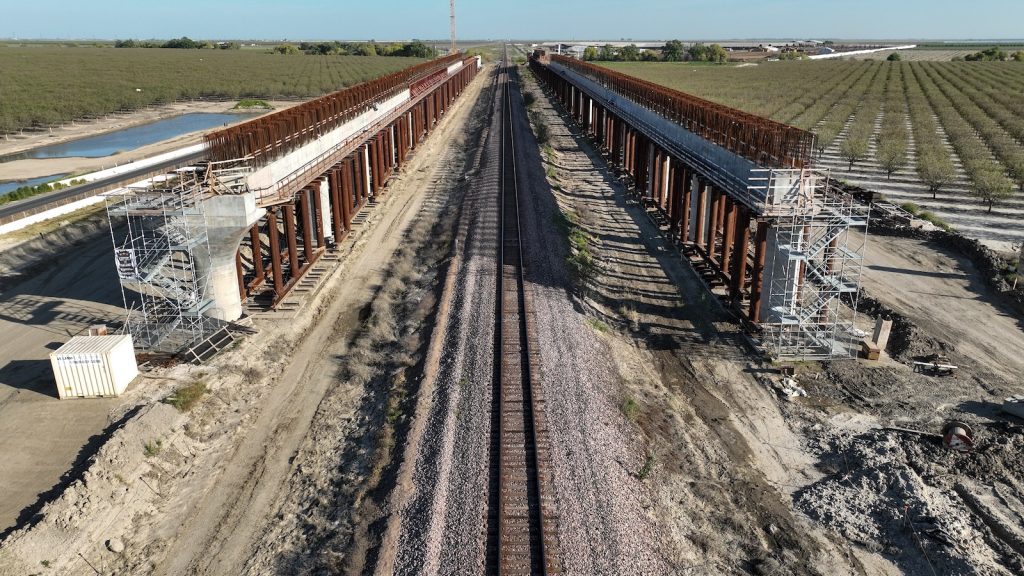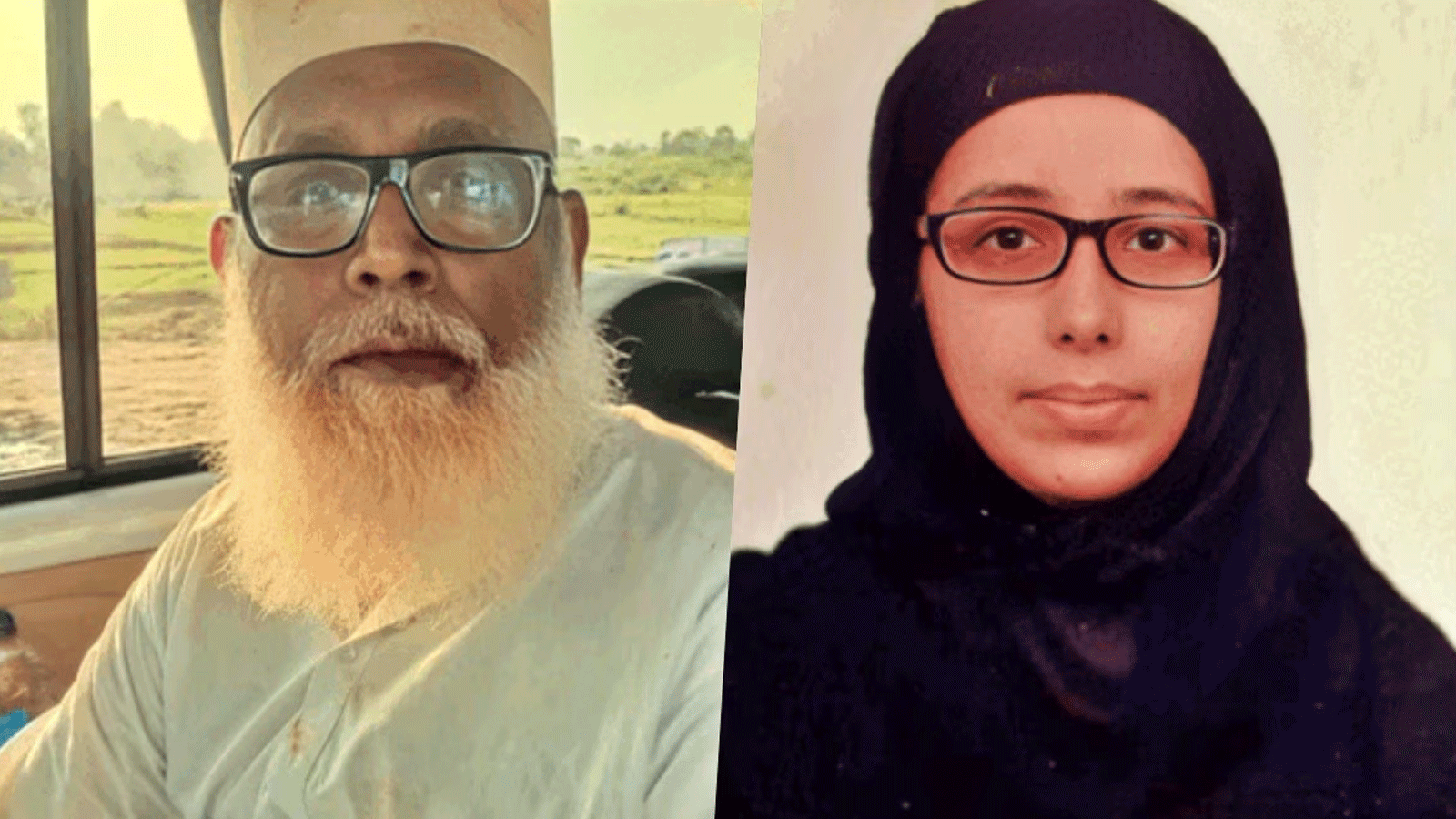Now Reading: Securing Safer Childbirth: Innovations Shaping the Future of Child Health
-
01
Securing Safer Childbirth: Innovations Shaping the Future of Child Health
Securing Safer Childbirth: Innovations Shaping the Future of Child Health

Quick Summary
- Nearly half of child deaths under five occur within 28 days after birth, with global maternal deaths estimated at 260,000 in 2023.
- The most common causes of maternal mortality-hemorrhage, high blood pressure, infections, and delivery complications-are preventable but frequently enough pose challenges due to high costs and limited access in low-resource regions.
- Innovations include affordable interventions like intravenous iron infusions (reducing anemia-related risks),portable AI-enabled ultrasound devices for early pregnancy diagnostics,and wearable wireless sensors for monitoring vital signs during labor.
- non-tech solutions such as PPH drapes aid in detecting postpartum hemorrhaging effectively.
- Unmanned drones are increasingly used to deliver emergency blood supplies and medicines to remote areas.
Images from the source text:
- Infographic by Tayla De Beer
- Newborn baby cleaned by their mother
- expecting mother receiving iron infusion
- Nurse using handheld AI-enhanced ultrasound device
- PPH drape being demonstrated
Indian Opinion Analysis
India faces persistent challenges in maternal and child healthcare due to limited resources across rural areas where infrastructure gaps dominate healthcare delivery systems.The highlighted innovations-such as affordable technologies (AI-backed ultrasounds) alongside policies promoting non-tech aids (PPH drapes)-could be especially transformative if scaled nationwide through government initiatives or private sector collaborations.
Iron deficiency during pregnancies remains a critical concern in india; intravenous infusions offer a streamlined solution that could reduce dependency on tablets prone to inconsistent use among rural populations facing accessibility issues.Moreover, tools that enable rapid diagnostic capabilities have the potential to drive down culture-specific bottlenecks related both-paramedical workforces’ -dependent-relied-expansion maps



























